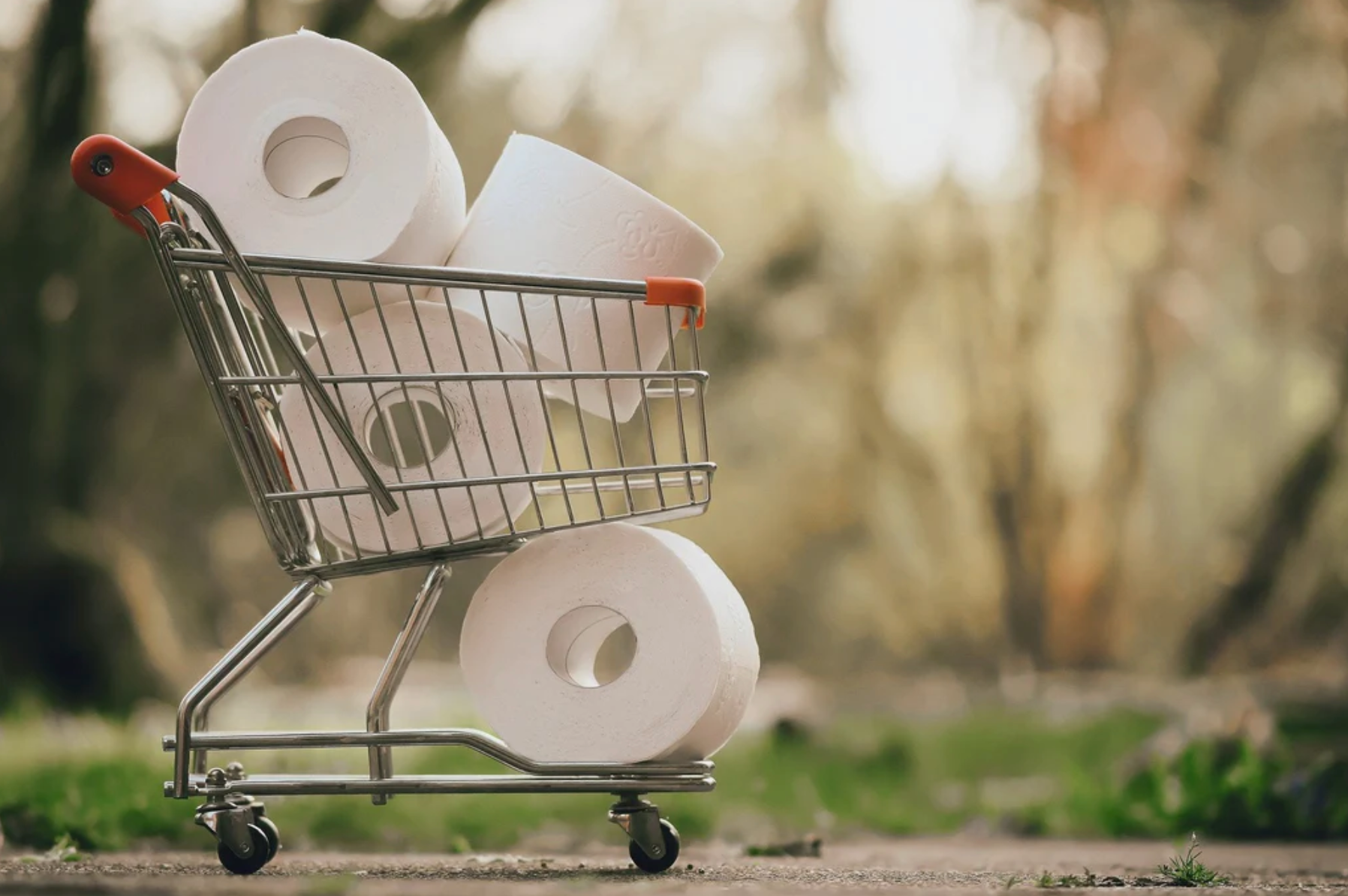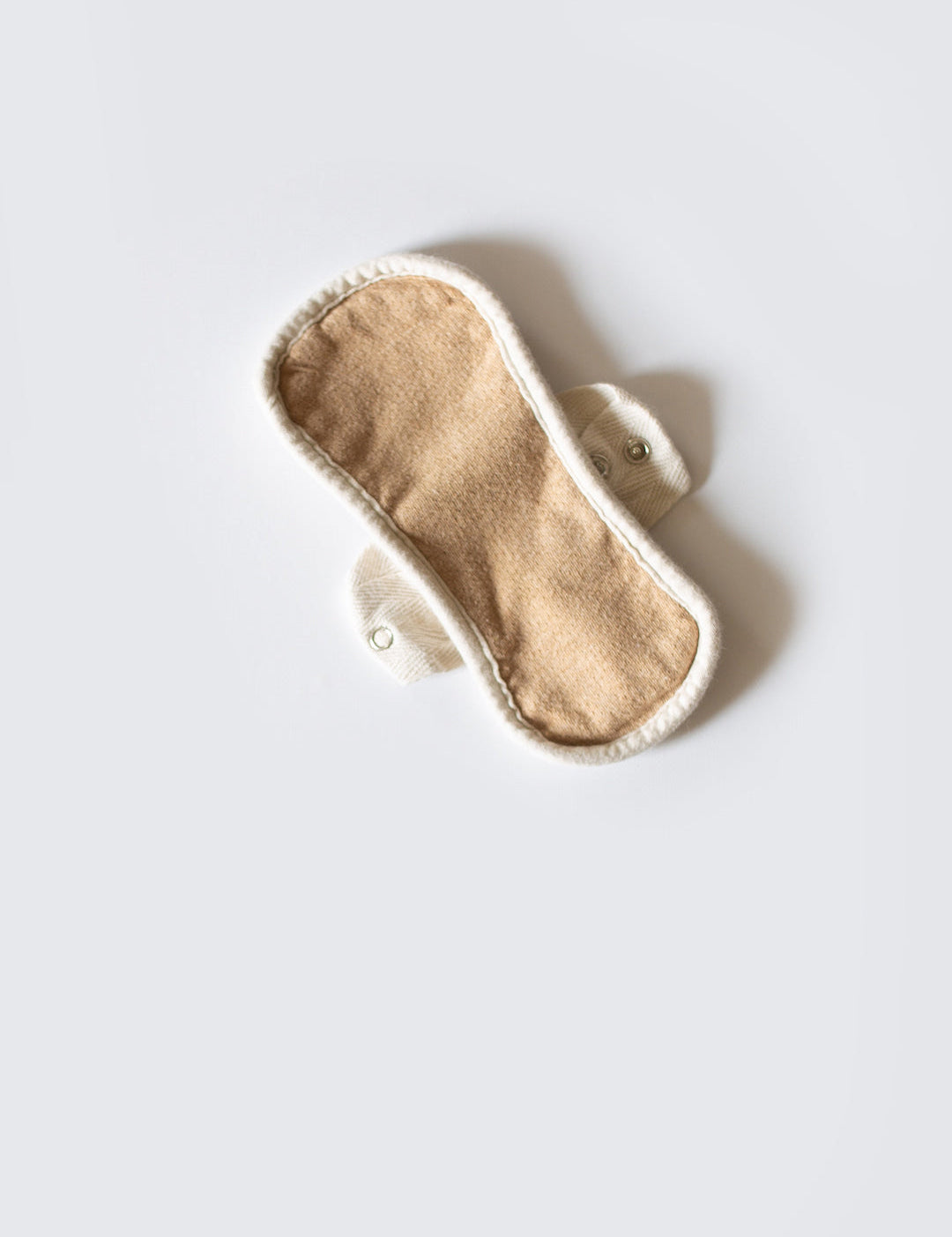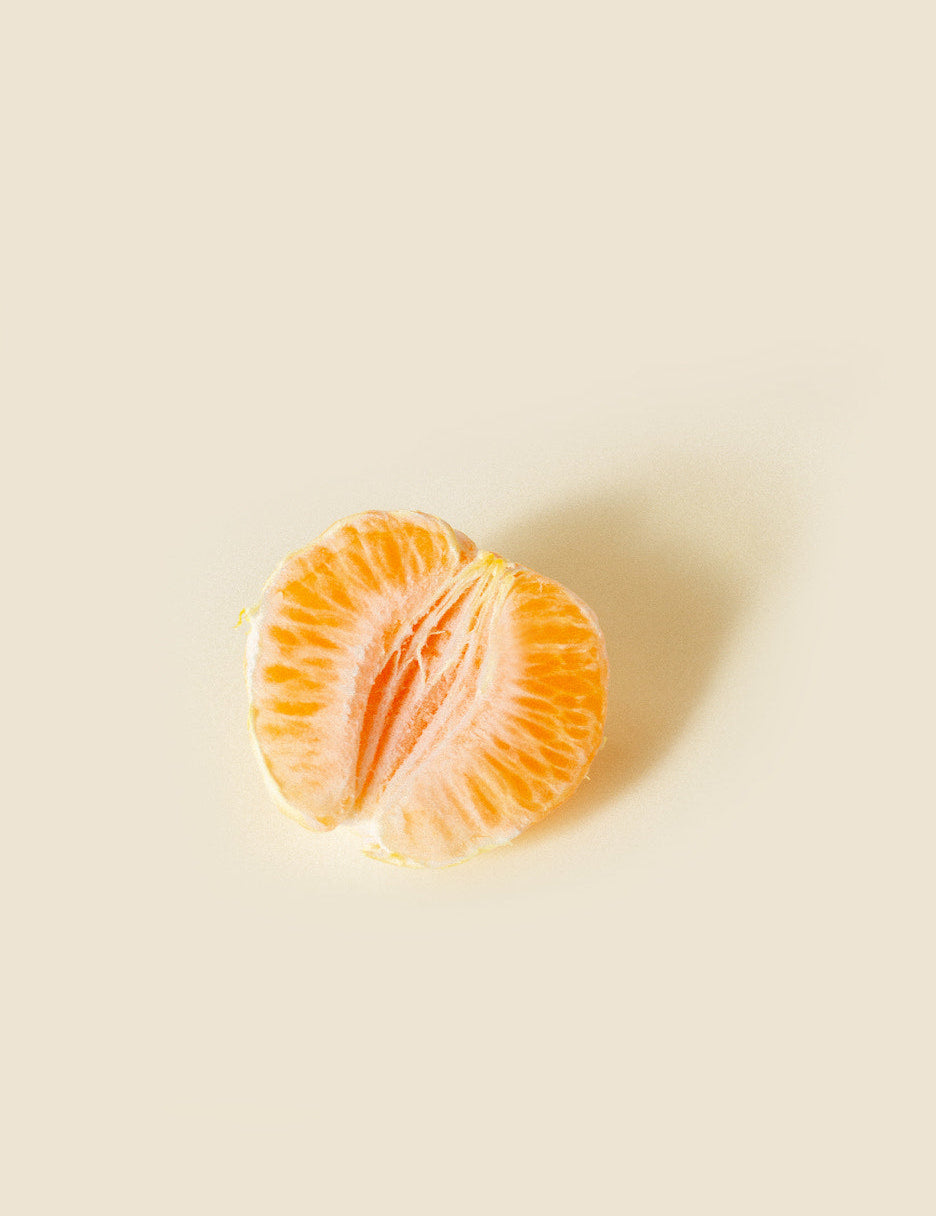One would think that toilet paper—something we use multiple times a day—would be pretty harmless. After all, it's such a routine part of daily hygiene that we rarely give it a second thought. But the unfortunate truth is that many popular toilet paper brands contain ingredients and additives that may be compromising our health in ways we don’t immediately recognize.
What gives toilet paper its soft texture and bright white color? The answer lies in chemical processing. From formaldehyde to bleach and undisclosed fragrances, a roll of toilet paper can be far from “clean.” Women, in particular, should be extra cautious. The delicate nature of vaginal and vulvar skin makes it more susceptible to irritation, pH imbalance, and chemical absorption—all of which can stem from your everyday toilet paper.
The Hidden Chemicals in Toilet Paper
The chemicals found in toilet paper may surprise you. First and foremost is formaldehyde, a known carcinogen. It’s often used in toilet paper production to help the paper retain strength when wet. While that might make for a more durable wipe, it raises concerns about direct contact with mucous membranes and the long-term effects of such exposure. So yes, unfortunately, the answer to "Is there formaldehyde in toilet paper?" is often “yes.”
BPA and other bisphenols—commonly found in recycled toilet paper—are also culprits. These chemicals are known endocrine disruptors, which can negatively impact hormone balance and reproductive health.
How about toilet paper with lotion? When that lotion contains unregulated, potentially carcinogenic ingredients, it can definitely be an issue. Mineral oil and paraffin wax, often included in lotion-infused toilet papers, can be contaminated with petroleum byproducts that are easily absorbed through the skin.
Many consumers don’t realize that these ingredients aren’t always listed clearly on packaging. “Fragrance” can include dozens of hidden compounds, including phthalates, which are also endocrine disruptors. Unscented varieties may still contain masking agents that aren’t disclosed. So when someone asks, does toilet paper have chemicals?—the answer is almost always yes.
Bleach: The Hidden Danger in “Clean” Paper
Let’s talk about bleach. It’s arguably the most well-known additive in commercial toilet paper. The bleaching process gives toilet paper its pristine, cloud-white appearance, which raises a valid question: why is toilet paper white? It’s mostly aesthetic—a marketing decision driven by the belief that white equals “clean.”
But is that really the case?
Most paper today is no longer bleached with elemental chlorine, but many brands use chlorine dioxide instead—a process that still releases dioxins. These dioxins are harmful compounds that can interfere with hormone regulation, immune function, and even neurological development. So, is toilet paper bleached? And does toilet paper have bleach in it? Absolutely. Even many “natural” brands are still whitened using chlorine derivatives.
When you start to consider formaldehyde in toilet paper, toilet paper bleach, and dioxin residue, the question quickly evolves to is toilet paper bad for you? For some, especially those with sensitive skin, existing hormonal conditions, or recurrent infections, the answer could be yes.
Can Bamboo or Recycled Toilet Paper Help?
Many health-conscious consumers turn to bamboo or recycled options, hoping to avoid the pitfalls of conventional products. Bamboo, in particular, is praised for its sustainability and naturally antimicrobial properties. However, even this option isn’t perfect. Bamboo toilet paper can cause irritation, especially if it’s not softened properly or contains hidden processing agents.
Recycled toilet paper often carries its own baggage: the use of BPA-containing paper during recycling can lead to contamination. So while the eco-friendliness is appealing, it’s not always a guaranteed chemical-free choice.
What’s key is finding a bleach and formaldehyde-free toilet paper that’s also soft, effective, and responsibly sourced. These can be tricky to locate, but they’re growing in popularity as consumer awareness increases.
Decoding Labels: What to Look For
If you're not ready to give up on toilet paper altogether, the next best thing is learning how to read the label. Certifications and processing terms can offer helpful clues:
-
Totally Chlorine Free (TCF): No chlorine or derivatives were used.
-
Process Chlorine Free (PCF): Applies to recycled paper; less harmful but still not totally chlorine-free.
-
Elemental Chlorine Free (ECF): A safer, though not perfect, bleach alternative.
Each of these terms provides insight into whether or not your paper contains harmful residues. Looking for brands that proudly advertise bleach and formaldehyde-free toilet paper is a great place to start. Don’t be shy about contacting manufacturers directly—transparency is a hallmark of safer products.
A Personal Recommendation
After researching for months and experiencing irritation from bleached toilet paper, I switched to a bamboo-based option from Who Gives a Crap?. It’s made with chlorine dioxide, which isn’t ideal, but it’s an improvement over fully bleached varieties. More importantly, it doesn’t contain artificial fragrance or lotion additives, making it a much better choice for sensitive skin.
Beyond Toilet Paper: Alternative Hygiene Practices
For those looking to ditch toilet paper altogether, consider a bidet. Bidets offer a truly chemical-free hygiene alternative that’s better for the environment and for your skin. They're gaining popularity in the U.S., especially among those with recurring infections, irritation, or allergies.
Still not ready to make that jump? Look for gentle cleansing wipes that are explicitly free from harsh chemicals, fragrances, and preservatives.
Final Thoughts
So, what chemicals are in toilet paper? Unfortunately, quite a few. From bleach and BPA to fragrances and formaldehyde, what we consider a hygiene essential may actually be exposing us to harmful substances. As consumers, the more we educate ourselves, the better we can protect our bodies. Choosing safer options isn’t always easy, but with a little research, it is entirely possible.




